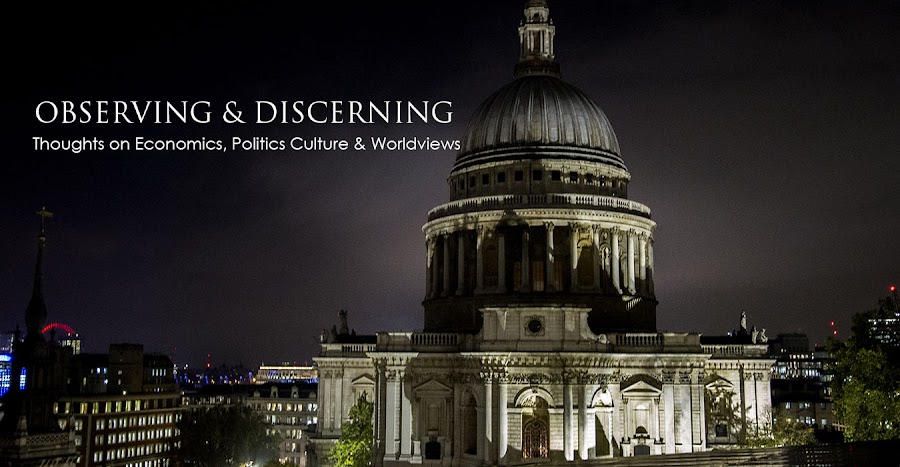The 2012 winner of the Turner Prize, Elizabeth Price, had
one of her pieces screened in the Tate Britain last year called The Woolworth's Choir of 1979. It’s a stunning video installation which
weaves together actual news clips of a fire which took place at Woolworth's in Manchester, music performances of the time and religious
architecture. My daughter and I found it arresting.
Some people lament that a good deal of contemporary art on
display in galleries and museums around the world is too overtly political or
attention-seeking; they mourn the loss of what they consider to be works of
beauty and craftsmanship. The truth is
that much good art from the dawn of time has been politically
controversial or socially provocative. I
recently watched a PBS documentary on New York City at the turn of the previous
two centuries. Reported in this piece in
shocking detail is a fire that swept through the Triangle Waist Company
factory in Manhattan in 1911. Because
the exit doors had been deliberately locked by owners claiming that this
measure was necessary to prevent theft, 146 young Jewish and Italian immigrant
women perished, many jumping to their deaths from the 9th floor inferno.
What followed were angry protests from all quarters, including unions, progressives as well as conservatives.
Though the factory owners Max Blanck and Isaac Harris were found not guilty of criminal
wrongdoing, they were nonetheless fined $75 per life lost in civil suits. Following the tragedy, they nevertheless continued
to operate premises littered with flammable rubbish and locked doors.
At least the Triangle disaster eventually led to improved
health and safety regulations in the state of New York. This sort of horror, however, is not a thing of the past by any stretch.
1,127 Bangladeshi garment workers were crushed to death in the Rana Plaza
factory in April of this year. Around 80% of
the clothes produced in Bangladesh are destined for your and my wardrobes. Survivors of the disaster
are now suffering from fear, flashbacks, nightmares and guilt that they can no
longer support their families. Three
months after the collapse, the authorities have made arrests but no one has yet
been charged with a crime and survivors have yet to receive compensation.
The campaign group, War on Want, took to the pavement
outside Primark’s Oxford street store to voice their call for a full enquiry
into the incident and Primark’s signature on the Bangladesh Fire and Building Safety Agreement to end
what they call “appallingly unsafe factory conditions” in the country.
An artist who dramatically took her dismay to
the streets of Madrid was Yolanda Dominguez, who wanted to
highlight not only the tragedy in Dhaka, but the fast fashion lifestyle trend which it
supported. Her performance art called Fashion Victims had women in heels and trendy dress lying on pavements covered in
debris. She said that she was appealing
for responsible production and consumption both for people and the planet. A survey by engineers in Bangladesh - the
world’s second largest supplier of clothes - reported that nearly three-fifths
of garment factories there are vulnerable to collapse. Dominguez’s
choice of venue was telling as Spain is home to two of the biggest
fast-fashion chains in the world: Zara and Mango.
You often read in company annual reports that they consider
their greatest asset to be their people.
You can tell more about how someone really feels about someone else by they
way they treat them than what they say about them. Right here in the UK - right now - workers on
zero hours contracts at Amazon are tagged and monitored every moment they
work, when they go to the loo and as they take their 10 minute walk to the canteen
and back. Sounds dystopian? It is, it’s 1984 all over again.



.jpg)
.jpg)


.jpg)
No comments:
Post a Comment